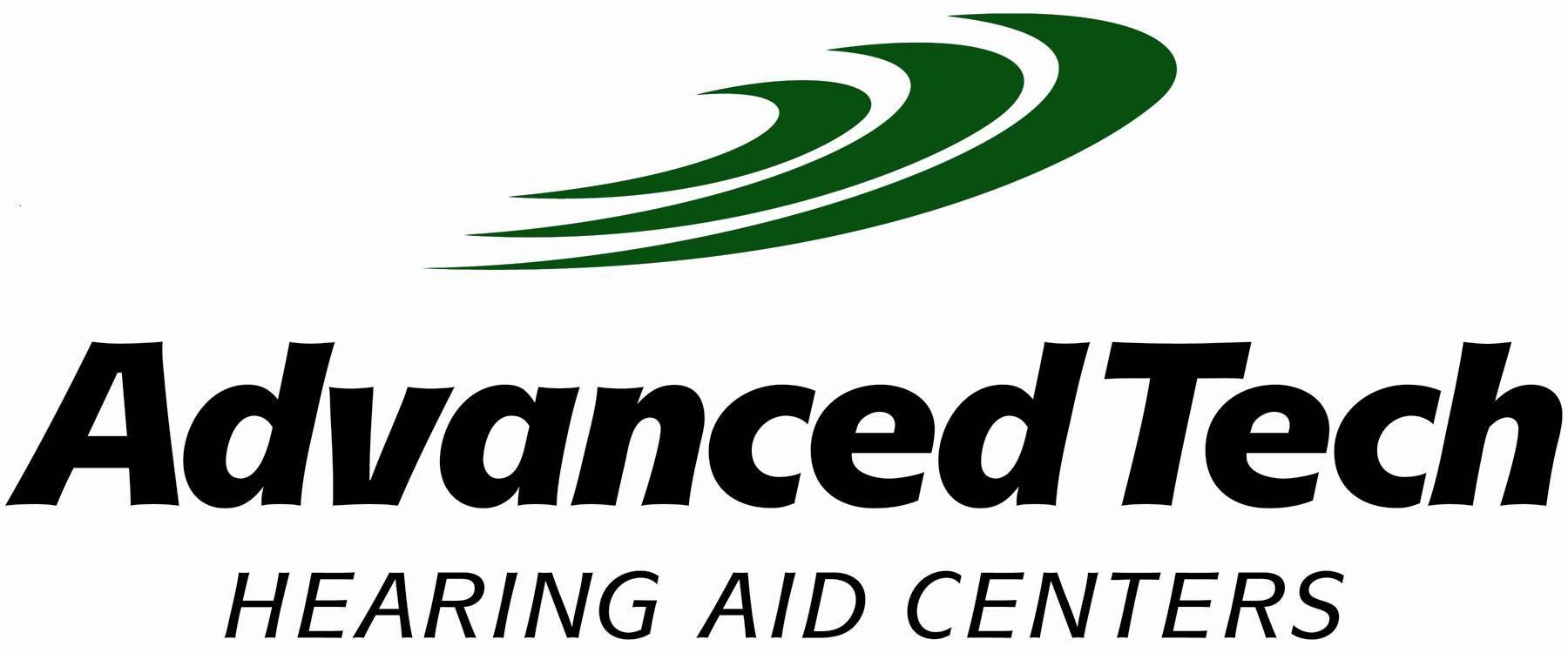0% financing available. Up to 3-year loss and damage guarantee.

Navigating the Conversation: The Significance of Thoughtful Disclosure in Hearing Loss
- Navigating the Conversation: The Significance of Thoughtful Disclosure in Hearing Loss - December 10, 2023
- The Sound of Dreams: Understanding How Hearing Loss Impacts Dreaming - November 7, 2023
- Traveling Effectively with Hearing Aids - October 16, 2023
In the realm of audiology, one of the crucial moments for both professionals and individuals is the initial disclosure of hearing loss. The manner in which hearing professionals approach this conversation holds profound implications for the emotional well-being, social integration, and overall quality of life of those affected. In this article, we delve into the importance of disclosure methods, drawing on the latest advancements in hearing loss prevention, diagnosis, and management. By examining recent research and potential futuristic interventions, we aim to underscore the significance of early detection while approaching the topic with insight and compassion.
The Landscape of Hearing Loss
Hearing loss is a pervasive concern affecting millions worldwide. Traditionally associated with aging, it is increasingly prevalent across diverse age groups due to factors such as environmental noise, genetic predisposition, and the ubiquity of personal audio devices. The World Health Organization estimates that by 2050, nearly 2.5 billion people will experience some degree of hearing impairment.
Prevention: The First Line of Defense
In recent years, there has been a paradigm shift towards emphasizing hearing loss prevention. Innovative strategies include public health campaigns promoting awareness about the impact of noise exposure, particularly among the younger population. The advent of custom-fitted earplugs for musicians and tailored hearing protection for industrial workers represents a proactive approach to safeguarding auditory health. These advancements underscore the importance of not only diagnosing and managing hearing loss but also preventing it in the first place.
Early Detection: A Gateway to Effective Management
One of the critical elements of the disclosure conversation is the timing of diagnosis. Early detection significantly influences the success of hearing loss management strategies. Recent research has illuminated the intricate connection between early intervention and improved outcomes in speech and language development, cognitive function, and emotional well-being.
Technological advancements in audiometry have streamlined the diagnostic process. Mobile applications equipped with audiometric tests empower individuals to self-monitor their hearing, providing an accessible and early indication of potential issues. Incorporating these tools into routine screenings, especially in high-risk populations, can contribute to the early identification of hearing loss and pave the way for timely interventions.
Compassionate Disclosure: A Pillar of Patient-Centered Care
Disclosing a hearing loss diagnosis is a delicate process that demands empathy, understanding, and effective communication. Hearing professionals play a pivotal role in creating a supportive environment during this conversation. The incorporation of counseling services and psychological support within audiology practices acknowledges the emotional impact of hearing loss.
Additionally, embracing a patient-centered approach involves tailoring interventions to individual needs and preferences. Advancements in hearing aid technology, such as discreet and customizable devices, contribute to the destigmatization of hearing loss. By aligning interventions with patients’ lifestyles and preferences, professionals can enhance adherence to treatment plans and foster a positive outlook on their journey towards better hearing.
Futuristic Interventions: Beyond the Horizon
The future of hearing loss management holds exciting possibilities. Ongoing research explores the potential of regenerative therapies to restore damaged hair cells in the inner ear, aiming to address the root cause of sensorineural hearing loss. Cochlear implants continue to evolve, with advancements in electrode technology enhancing speech perception and sound quality.
Furthermore, the integration of artificial intelligence (AI) into hearing aid technology is on the horizon. AI algorithms can adapt to individual listening environments, providing a personalized and seamless auditory experience. As these interventions mature, hearing professionals must remain at the forefront of knowledge, guiding patients towards cutting-edge solutions that align with their unique needs.
Conclusion
Disclosing a hearing loss diagnosis is a pivotal moment that can shape an individual’s journey towards better auditory health. By integrating the latest advancements in prevention, diagnosis, and management into the disclosure conversation, hearing professionals can empower their patients to make informed decisions. Early detection, compassionate communication, and a forward-looking approach that embraces futuristic interventions collectively contribute to a holistic and patient-centered model of care. In navigating the conversation surrounding hearing loss, professionals serve not only as guides but as advocates for the well-being and resilience of those on the path to reclaiming the richness of sound in their lives.
